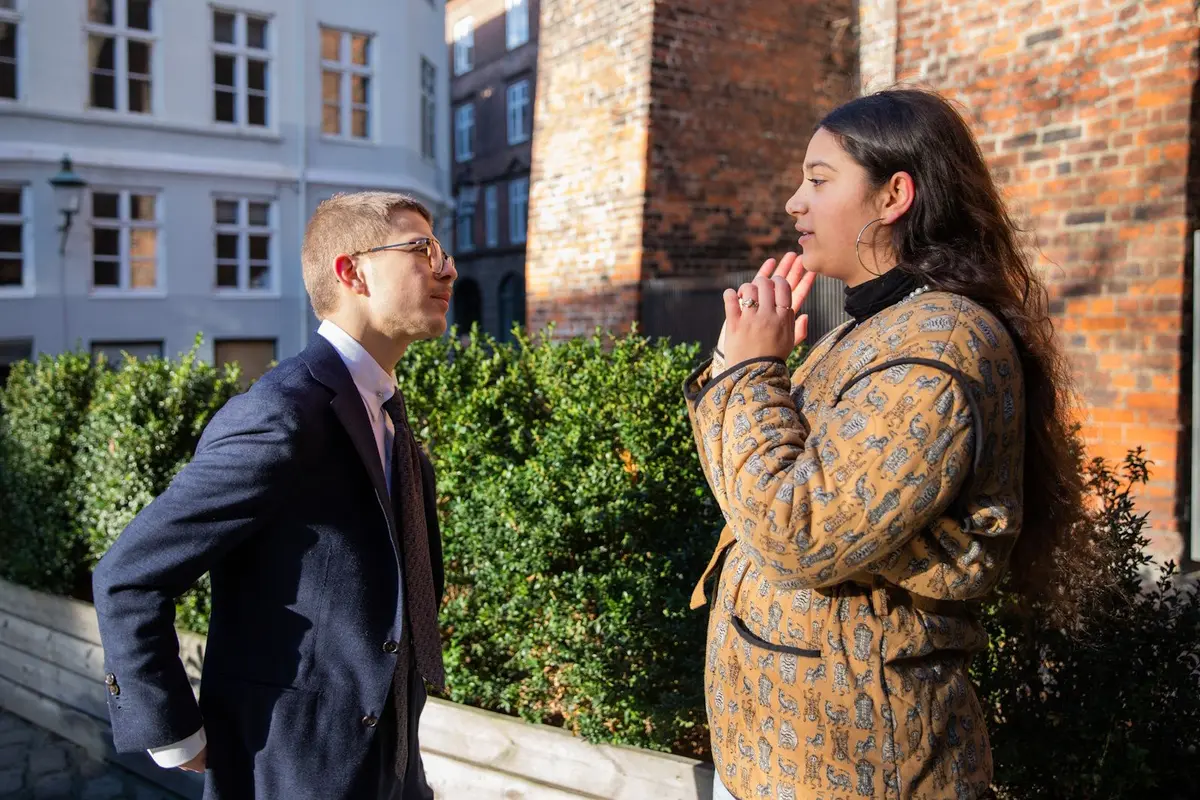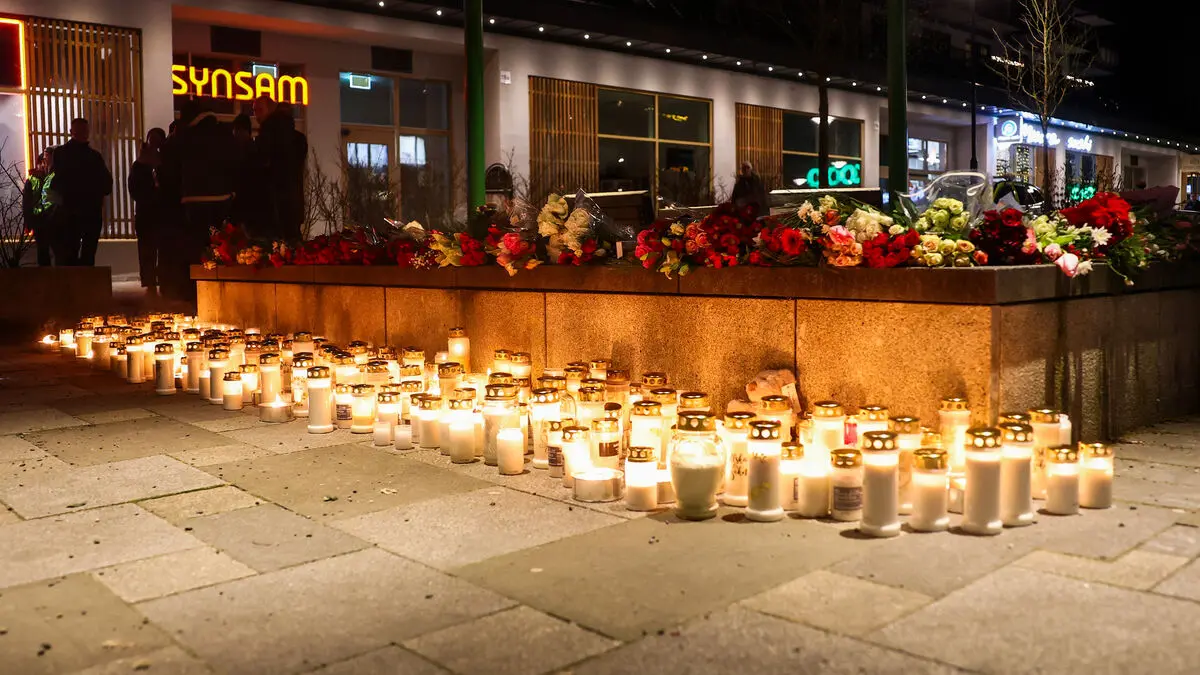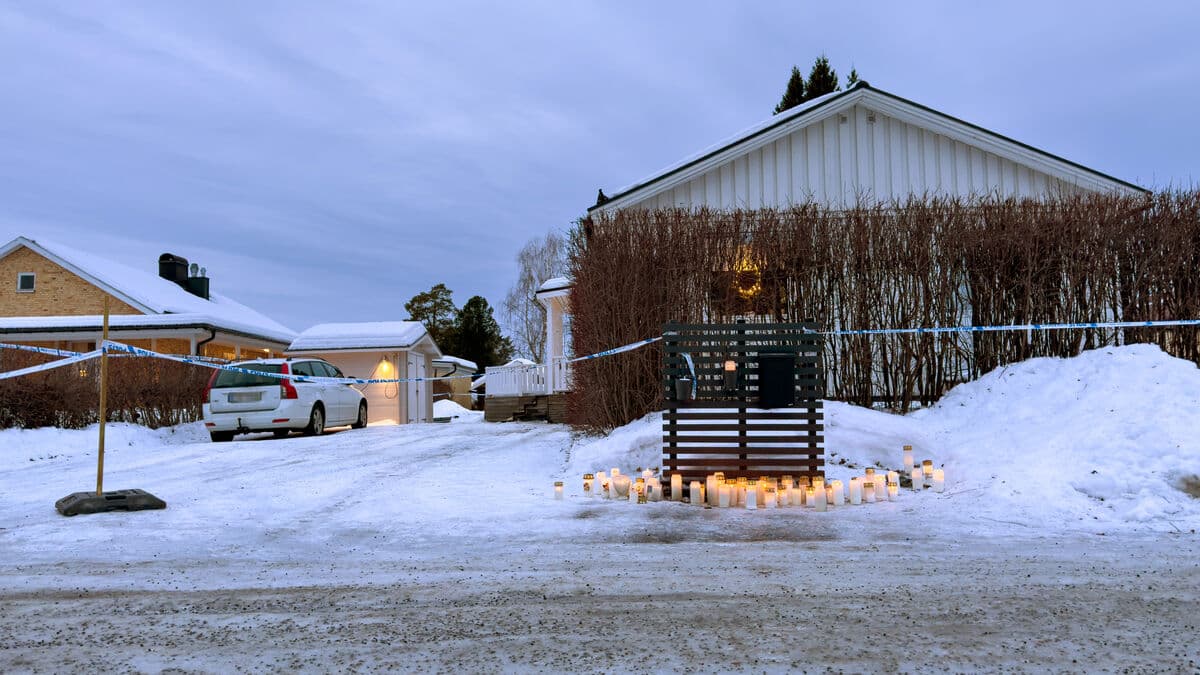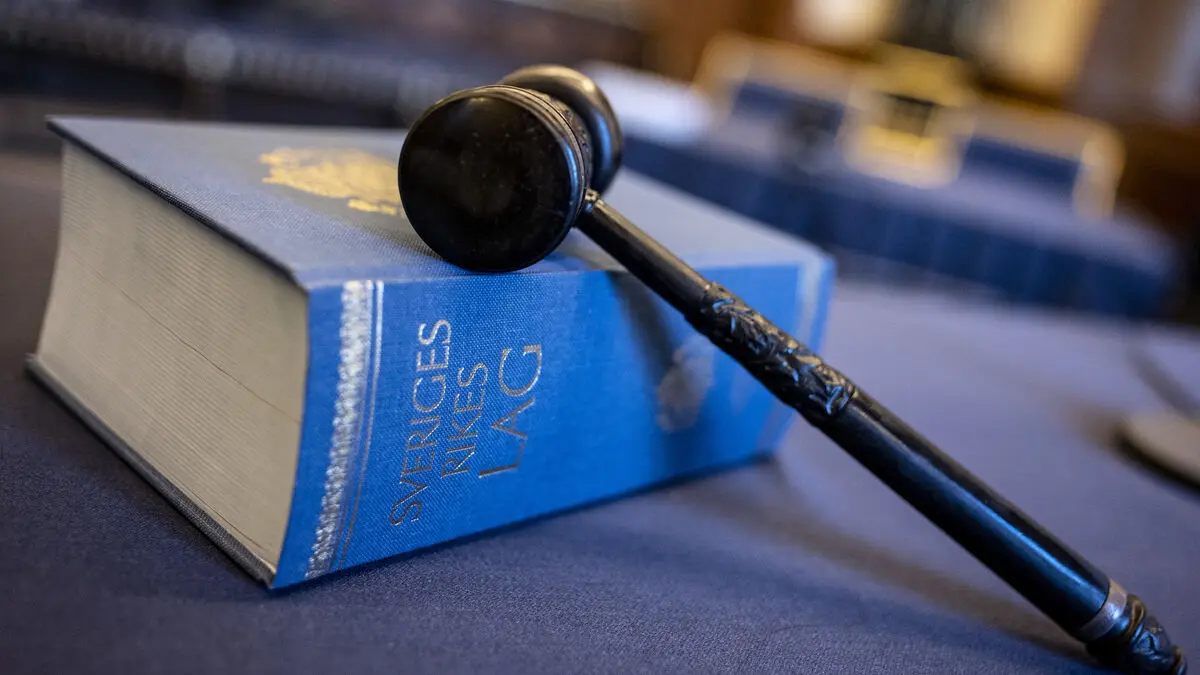In Sweden, it's not always as cheerful when greeting, but do not be offended, it's a cultural thing.
We list the most common ways to greet
- "God morgon". Means good morning. This is perhaps the most common greeting in an environment where you spend a lot of time, such as at work or in school.
- "Tjenare". Means hi. It's an informal greeting used with people you've met before and talk to regularly, both at work and in school.
- "Hej". Means hi. A bit more formal than "Tjenare" and used with unknown people or those you don't know well or don't talk to often.
- "Hur mår du?". Means "how are you" and is used to ask about the person's actual well-being. Not used as a greeting and not the first thing said, should not be confused with English "How are you?".
- "Hur är läget?". Is more informal than "Hur mår du?" and is not a question about how the person is doing. It's used as an add-on to the actual greeting, such as "Hej, hur är läget?".
- "God afton". Means good evening and is not used often, and used with people you know.
- "God middag". Formal greeting that is not used often and means good lunch.
- "Hej då". Means goodbye and is neither formal nor informal, and used with everyone you want to say goodbye to.
- "Vi ses". Means see you and is used together with "Hej då". For example, "Hej då, vi ses!". This is used with people you'll meet again soon.
There you go, now you're almost an expert on Swedish greetings!





